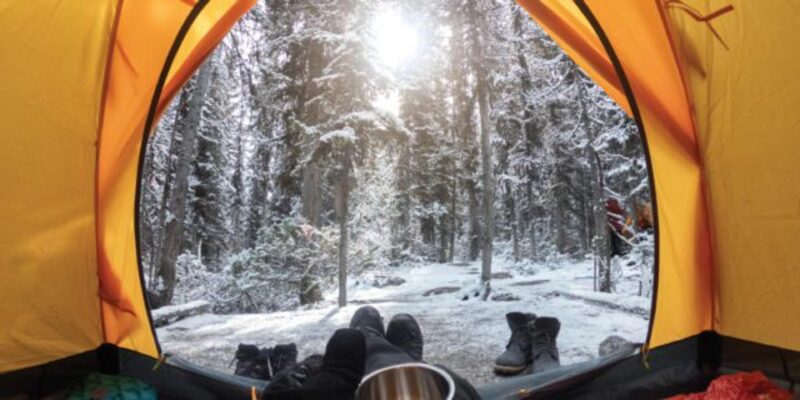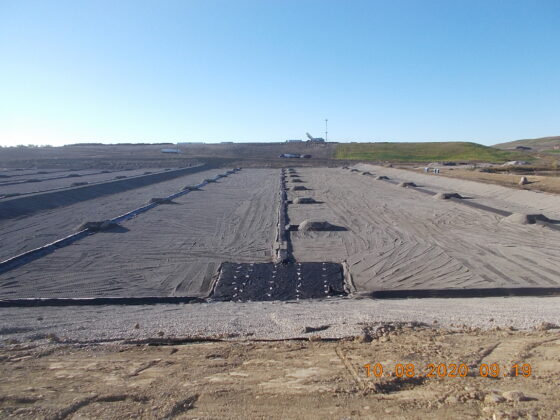Venturing into a winter landscape transforms camping into a magical experience. The world is quiet, the air is crisp, and the snow-covered vistas are breathtaking. However, this beauty comes with unique challenges.
The cold is not just an inconvenience; it’s a potential risk. Proper preparation is the thin line between a memorable adventure and a miserable, or even dangerous, situation. This guide will walk you through the essential gear and knowledge needed to ensure your winter camping trip is both comfortable and safe, allowing you to fully embrace the wonder of the season.
The Foundation: Mastering Your Sleep System

A restful night’s sleep is the cornerstone of any successful camping trip, and in winter, it’s non-negotiable. Your summer sleeping bag won’t suffice. You need a bag rated for temperatures at least 10 degrees Fahrenheit lower than what you expect to encounter. Look for mummy-style bags that trap heat efficiently.
Equally important is your sleeping pad; its primary job is insulation from the frozen ground, not just comfort. An R-value of 5 or higher is recommended for winter conditions. Finally, a four-season tent is crucial. It’s designed with stronger poles and more durable fabric to withstand high winds and heavy snow loads, creating a secure, weatherproof sanctuary.
For those looking to gear up without overspending, there is a range of affordable camping gear that maintains high safety and comfort standards, and you can Check It Out to find kits that include thermally-efficient sleeping bags and insulated pads perfect for your cold-weather needs.
Dressing for Success: The Layering Principle

The key to staying warm and dry in the winter is not one thick garment, but a smart system of layers. This allows you to regulate your body temperature by adding or removing items as your activity level changes.
- Base Layer: This is your second skin. It should be made of a moisture-wicking material like merino wool or synthetic fabric. Avoid cotton at all costs, as it retains moisture and will make you cold.
- Insulating Layer: This is your primary warmth. A fleece jacket or a puffy down/synthetic insulated jacket works perfectly to trap body heat.
- Shell Layer: Your outermost layer must be both waterproof and windproof. A quality hardshell or softshell jacket and pants will protect you from snow, sleet, and biting wind, keeping your other layers dry.
Beyond the Basics: Critical Safety and Comfort Items

While sleep and clothing are paramount, several other items are essential for winter safety and comfort.
- Hydration and Nutrition: Your body works overtime to stay warm, burning more calories and fluids. Insulated water bottles are a must to prevent your water from freezing. Eat high-energy, fatty snacks frequently throughout the day.
- Navigation: Trails can be obscured by snow. A GPS device is helpful, but always carry a detailed map and a reliable compass—and know how to use them.
- Emergency Kit: Upgrade your first-aid kit for winter. Include chemical heat packs, a emergency blanket (bivvy sack), a fire-starting kit (lighter, waterproof matches, firestarter), and a headlamp with extra batteries.
Conclusion
Winter camping is an incredibly rewarding pursuit that tests your preparedness and resilience. By investing in a robust sleep system, mastering the art of layering, and never neglecting critical safety items, you can confidently step into the cold. Remember, the goal is not to endure the elements, but to enjoy them comfortably and safely. With the right knowledge and gear—which can be found even on a budget—you’ll unlock a serene, beautiful world that few ever get to experience.


